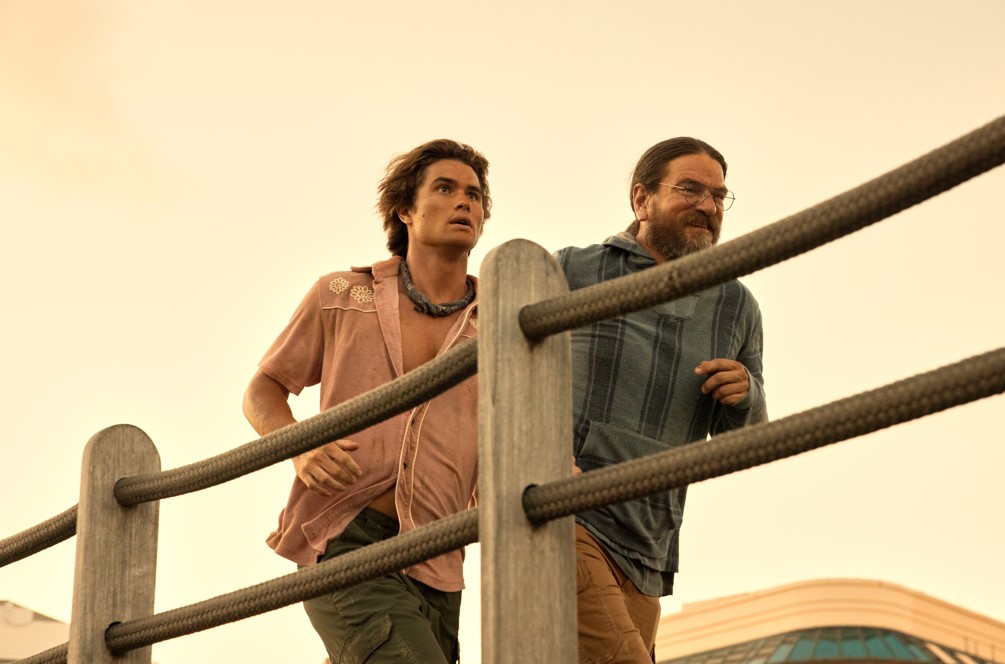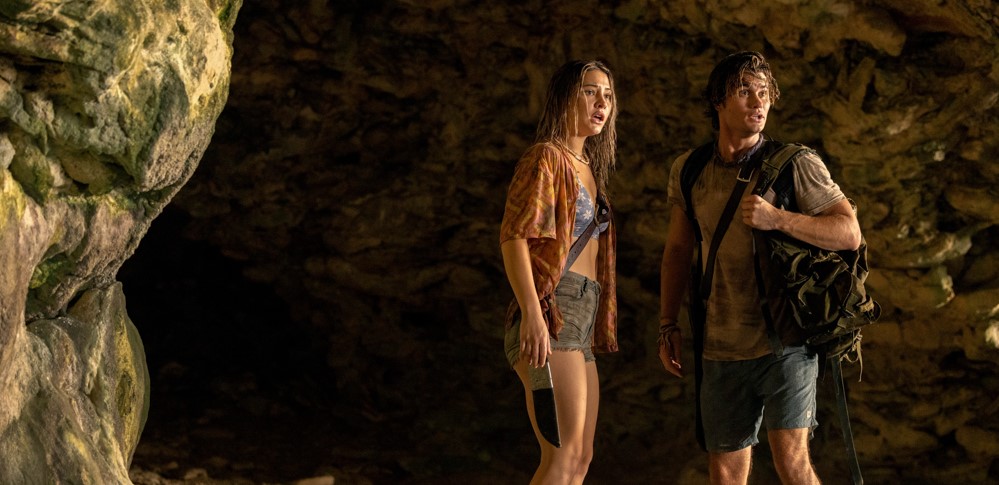Netflix’s ‘Outer Banks’ is a teen action-adventure series that tells the story of a group of young-adult treasure hunters — separated by wealth disparity but connected by friendship and a shared sense of adventure. The story predominantly takes place in the eponymous barrier islands off the coast of North Carolina, USA, and uses the severe wealth disbalance that exists between the wealthy summer vacationers of Figure Eight, known as the Kooks, and the working-class locals of the Cut, known as the Pogues, as an important plot device.
In the show’s first two seasons, the protagonists search for the gold from the Royal Merchant shipwreck, which they learn came from a Spanish ship called San Jose. They also search for the Cross of Saint Domingo, a religious artifact made out of various types of precious stones. In season 2, they learn the gold of both treasures came from the fabled El Dorado, and a Mesoamerican idol known as the Gnomon of Solana just might hold the secrets of where these mountains of gold are. Here is everything you need to know about it. SPOILERS AHEAD.
The Gnomon of Solana: Unraveling Mysteries in Outer Banks Season 3
The Gnomon of Solana isn’t initially referred to as such in ‘Outer Banks’ season 3. Big John (Charles Halford) calls it the Signpost of Orinoco. The hunt for El Dorado is set off after Carlos Singh, a wealthy and powerful man, abducts Kiara or Kie (Madison Bailey) and brings Rafe (Drew Starkey) to Barbados under false pretenses to know the whereabouts of Denmark Tanny’s diary, which he claims holds the information that can lead to El Dorado.
Meanwhile, after a tearful reunion with his son and with Singh’s men on their trail, Big John goes to see an old acquaintance — an antique dealer named Arjun. It was with Arjun that he had left the Gnomon of Solana. Big John and his son succeed in retrieving the artifact and escaping from Singh’s people.
After returning to Outer Banks, they learn that the copy of the diary that John B and his friends had was destroyed in flooding. They locate the original, and Big John is forced to kill two mercenaries to protect his son. They discover the other piece of the artifact is in the Charleston Museum archives and execute a heist to retrieve it.

With the two halves now joined, Big John’s attention shifts to deciphering the coded message written on the artifact in the Kalinago language. He reaches out to his former university professor, Sowell, to decipher the code, but Sowell is killed before he is able to do that. Sowell is the one who calls the idol Gnomon of Solana.
Big John is abducted by Singh and his men, and John B is nearly killed, prompting him to turn to his friends for help. Pope finds an envelope from Tanny in his family archives. It contains notes that can be used,like the Rosetta Stone to decipher the coded message on the idol.
According to the legends, a Guajiro King established El Dorado about 500 years ago. He didn’t simply want to hand over the gold to his sons after his death, so he set up the test of the gnomon to ensure that it goes to the wisest person. In the season 3 finale, Big John, John, and Sarah arrive at the Kalinago archeological site of Solana, located in the Orinoco River basin in Venezuela, and insert the Gnomon of Solana into the temalacatl under a solstice moon to learn the path to El Dorado.
Gnomon of Solana is Not Real
No, the Gnomon of Solana isn’t real. Solana is an archeological site that Sowell and his colleagues discovered in the Orinoco River basin. John B and his party reach the port of Tres Rocas (Three Rocks). From there, they take a boat ride to El Tesoro (The Treasure) and walk the rest of the way to Solana. El Dorado still exists only in legends, despite the numerous expeditions launched to find the legendary city of gold.

Despite this, certain aspects of the lore of El Dorado in ‘Outer Banks’ are embedded in reality. The temalacatl is real, though the predominant belief among scholars is that they were gladiatorial platforms used during ritualistic combat. The prisoners (generally warriors from enemy nations in Mesoamerica) were tied to the handle placed in the center of the temalacatl. Gnomon is also a real-world term. It means the part of a sundial that casts a shadow.


You must be logged in to post a comment.